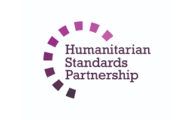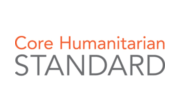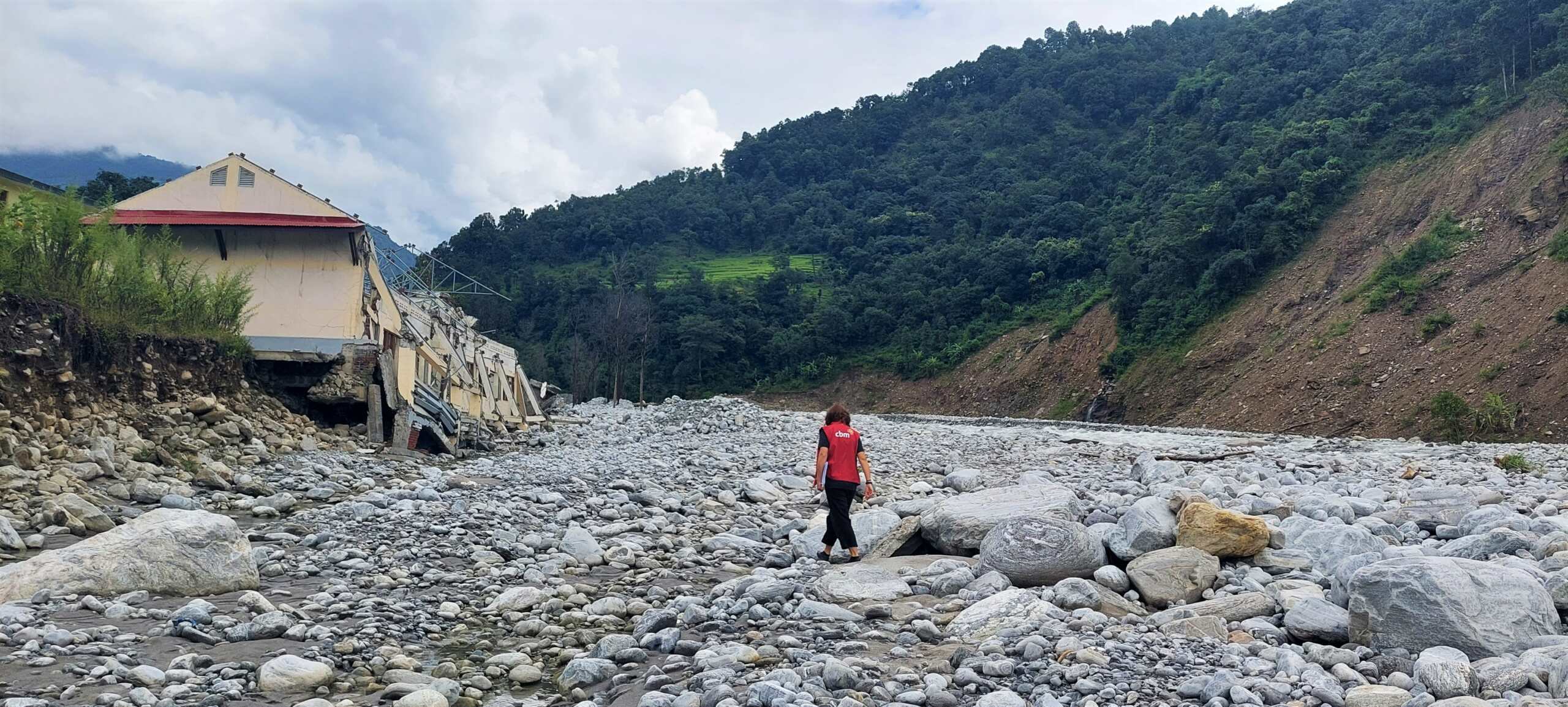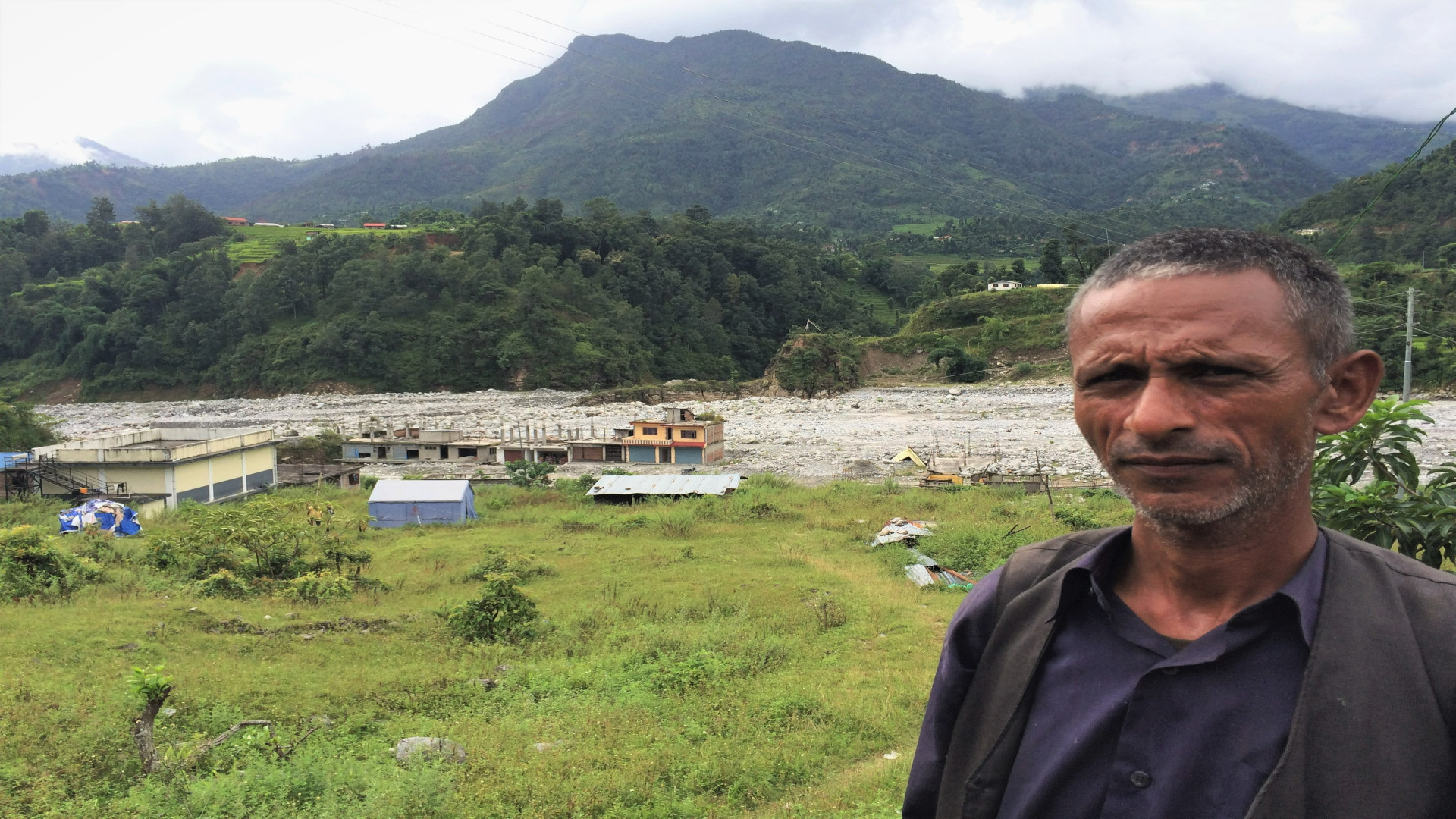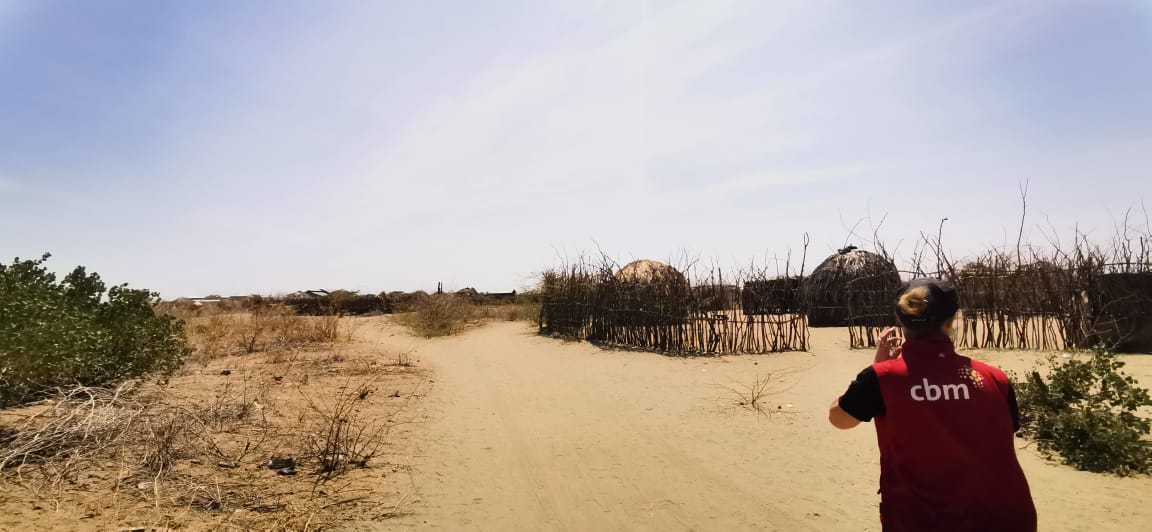Ensuring people with disabilities are not left behind
CBM responds to a variety of humanitarian emergencies and crises caused by disaster events, natural hazards, forced displacement and armed conflict. We work to ensure that the world’s most vulnerable people in such high-risk situations are not left behind.
Our work is built on a series of international agreements including:
What is humanitarian aid?
Providing humanitarian aid to communities affected by a crisis is at the heart of humanitarian work. The ultimate aim of aid itself is to ease the suffering of people in crisis by swiftly providing humanitarian aid, relief and protection to vulnerable individuals, thereby promoting their recovery.
Humanitarian organisations must pay close attention to the specific needs of affected communities and work together to ensure that the response is effective, serves to alleviate suffering and benefits those impacted by disasters.
Humanitarian aid examples
Humanitarian aid refers to assistance provided to people in need and can include supplying food, water, medical aid, education, emergency relief and more.
- Shelter: Providing temporary housing or shelter to people who have lost their homes due to disaster events, war, or other crises.
- Food: Distributing food supplies to those affected by crisis/crises who are unable to access or afford it on their own.
- Water: Providing safe drinking water and sanitation facilities to prevent the spread of disease.
- Medical aid: Delivering medical assistance, supplies and equipment to people who are injured or affected by crisis/crises.
- Cash transfer: Providing cash to people impacted by emergencies, so they can purchase the things they need, with dignity.
- Protection: Providing protection to vulnerable groups such as children, women and refugees who are at risk of abuse or exploitation.
- Education: Supplying education and support services to children who have been displaced or affected by crisis, to help ensure they can continue their education.
- Psychosocial support: Delivering emotional and psychological support to people who have experienced trauma, loss or displacement.
- Emergency relief: Providing immediate assistance, such as blankets, clothing and other essential items, to people affected by emergencies.
- Reconstruction: Supporting the reconstruction of homes, infrastructure, and communities that have been destroyed or damaged by disaster events, war or other crises.
Empowering people in times of vulnerability
Our work aims to save lives. The effectiveness of CBM’s coordination of humanitarian relief and aid relies on establishing strong links with existing partner programs, communities and groups for people with disabilities. By working collaboratively with these organisations, CBM is able to ensure that the most vulnerable individuals have a voice in the design of humanitarian response, relief and recovery work.
By taking into account the unique needs and perspectives of people with disabilities, CBM is able to develop more effective and sustainable programs delivering humanitarian aid and providing relief better tailored to the requirements and challenges faced by people with disabilities during times of humanitarian crisis.
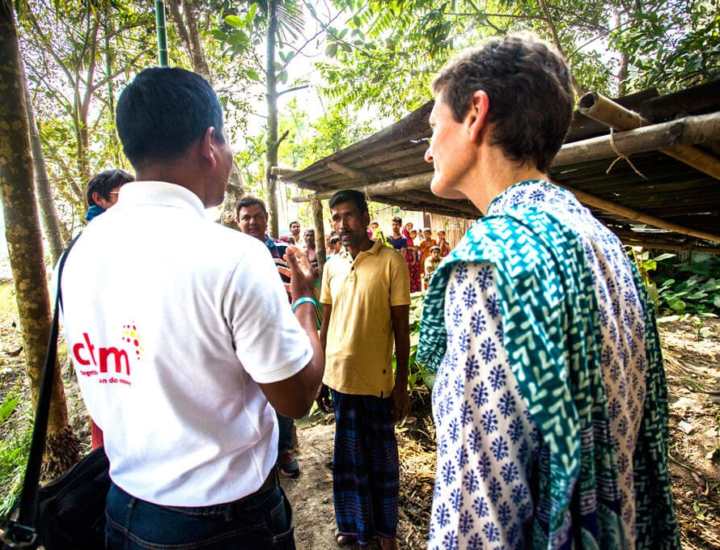
How we help
Our humanitarian action responds to local needs within our humanitarian partners’ capacities. This includes ensuring that people with disabilities can access cash transfers for local use, disease prevention information, clean water, and health and rehabilitation services including mental health support.
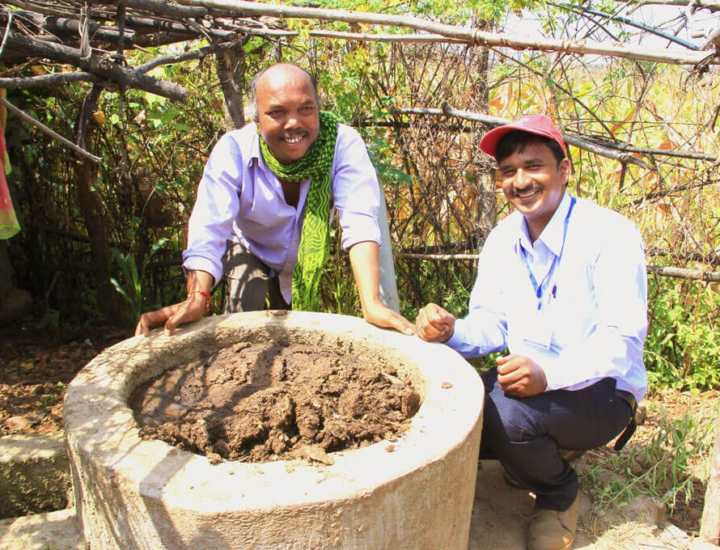
Health programs
CBM’s health programs work towards common goals: the prevention of communicable diseases, physical rehabilitation, relief from trauma and psychological support for victims of violence.
Disability-inclusive technical advice
By influencing national governments, the UN, and international NGOs to become more disability inclusive, CBM is able to leverage local knowledge and skills to better respond to crisis and emergency situations.
CBM encourages these parties to use their own resources and programs to assist people with disabilities, either through systemic and policy change or direct program activities.
With the help of a growing team of disability inclusion advisors based in Australia and the wider CBM Global Disability Inclusion Federation, CBM provides support with its global programs to our major partners, such as the United Nations Population Fund and the World Food Programme (WFP), the world’s largest humanitarian organisation. As a result of development efforts, our Inclusion Advisory Group is piloting a ‘help desk’ for the WFP that provides technical advice to countries worldwide.
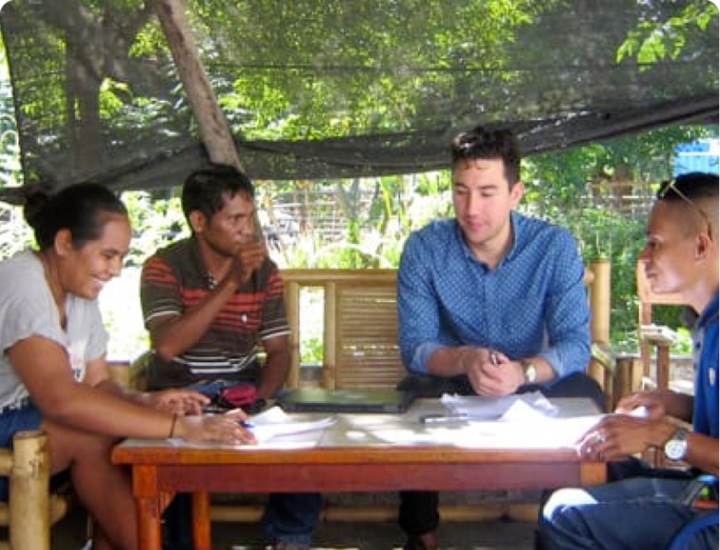
Australia's humanitarian aid partners
Local partners play a crucial role in ensuring the success of disability-inclusive development (DID) and humanitarian relief efforts. However, they often encounter difficulties in implementing effective DID programs and exerting strategic influence in humanitarian affairs in countries affected most.
To address these challenges, CBM Australia collaborates with CBM Country Teams to identify program priorities and provide assistance to various government, the disability movement and local partners in developing effective DID programs and enhancing their capacity for humanitarian action. This support is tailored to specific country challenges.
Humanitarian aid projects
Disaster response in the Pacific
CBM’s humanitarian approach has been effective in supporting organisations of people with disabilities (OPDs) in the Pacific through the Australian Humanitarian Partnership’s Disaster READY program.
In the aftermath of Tropical Cyclone Harold, people who are blind and deaf reported difficulty accessing vital information, including where to go to evacuate, as the most common communication messaging during the cyclone was delivered via radio and written news.
Local OPDs, such as the Vanuatu Disability Promotion and Advocacy Association (VDPA) and the Vanuatu Society for People with Disabilities (VSPD), collaborated to assess post-disaster needs and validate data to help communities and individuals affected by the cyclone.
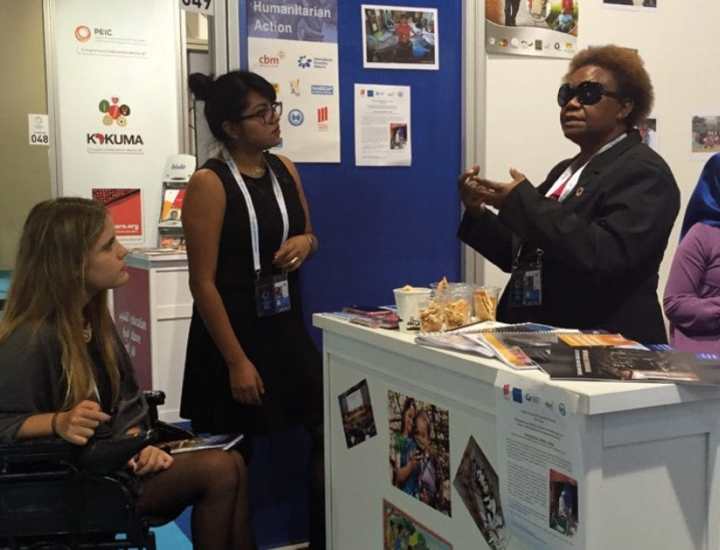
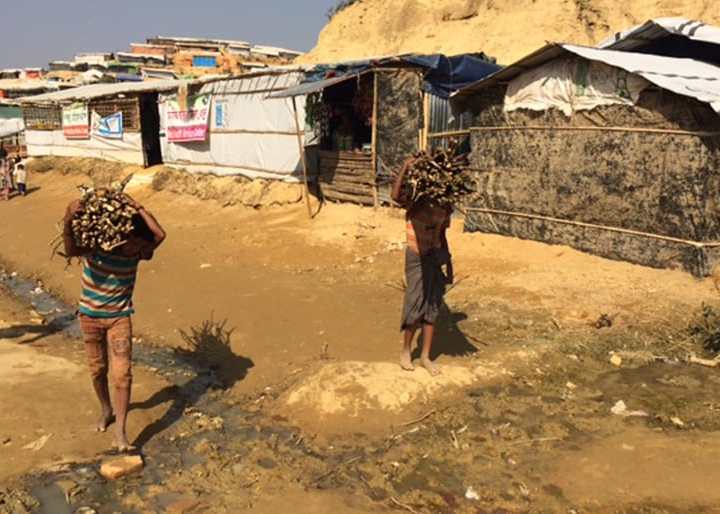
The Rohingya humanitarian crisis
The humanitarian crisis caused by escalating violence in Myanmar’s Rakhine State is causing suffering on a catastrophic scale. Rohingya refugees fled across the border from Myanmar to Bangladesh, and makeshift camps in Cox’s Bazar host some 898,000 displaced people.
Refugees arriving in Bangladesh—mostly women and children—are traumatised. Some arrive with injuries caused by gunshots, shrapnel, fire and landmines.
Thanks to donor funds and the efforts of our partners, we are working to provide general medical services including ante- and post-natal care; rehabilitation services including physiotherapy, occupational therapy; hearing and vision screenings; counselling; and assistive devices.

